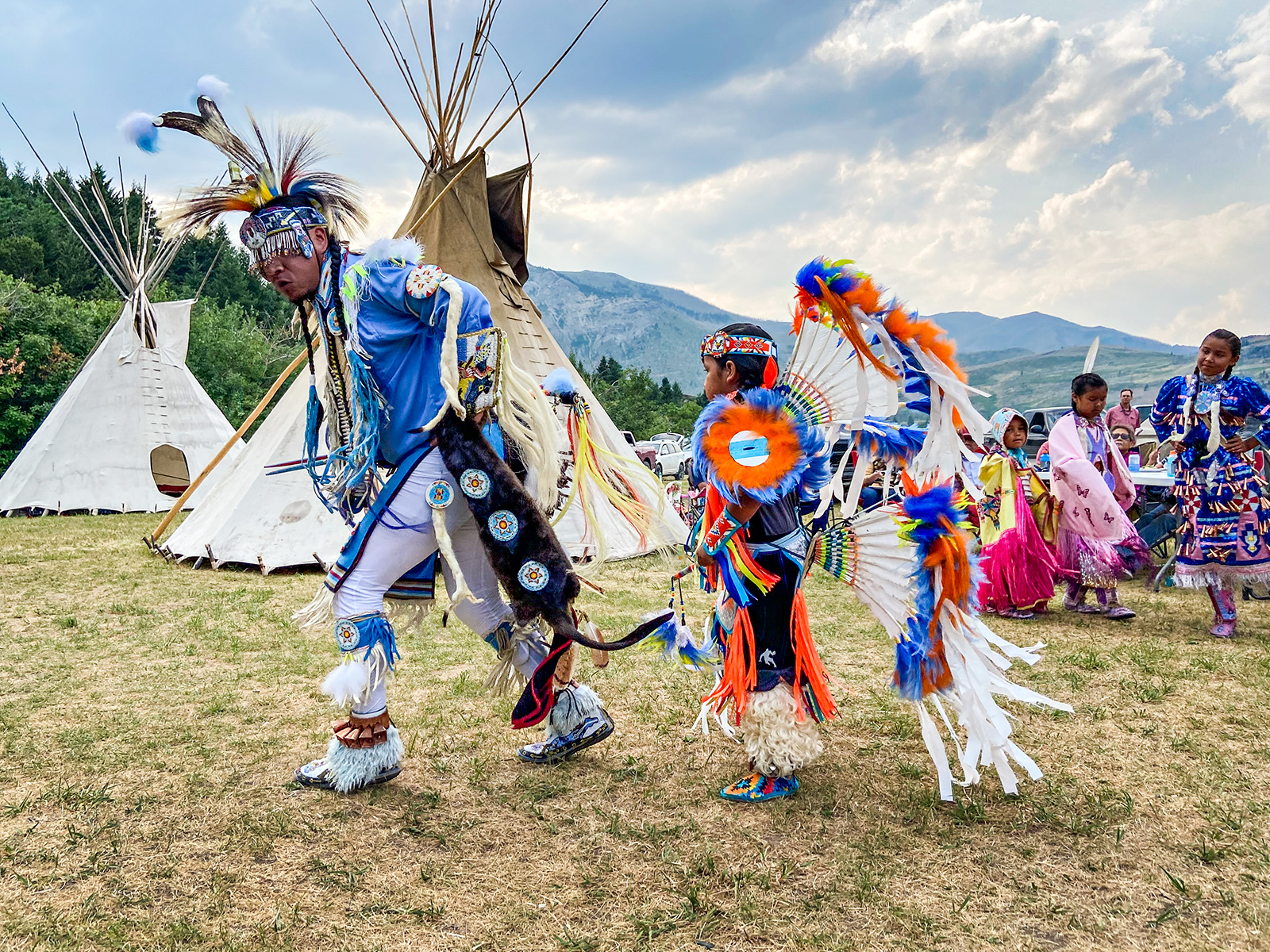Native News Service Embraces Challenges, Opportunities of Montana Bureau
The nonprofit ICT opened a bureau in Missoula earlier this year to focus on Native issues.
By Katie Fairbanks, Montana Free Press
About a year and a half ago when the nonprofit Native news service ICT was considering locations for a new regional bureau, Montana rose to the top.
Along with the state’s 12 tribes living on and off seven reservations, Montana is the only state with the percentage of Indigenous representation in the Legislature exceeding the state’s proportion of Native population, said Jourdan Bennett-Begaye, ICT editor.
ICT (formerly known as Indian Country Today) leaders chose Missoula for the new mountain bureau after Bennett-Begaye’s discussion with University of Montana journalism professor Jason Begay, who pitched the idea, she said.
“It just felt right, overall, to have our bureau there,” Bennett-Begaye said.
In the approximately six months since it opened in the university’s Don Anderson Hall, which houses the School of Journalism, mountain bureau staff has found both opportunities for and challenges to covering Indigenous communities in the region.
For Bureau Chief Kolby KickingWoman, the new job presents an opportunity to dig into the Native communities of his home state.
“Natives are the largest minority in the state of Montana, so it’s good to have representation here,” he said.
The three-person bureau has reached out to tribes in the state to let them know ICT wants to tell their communities’ stories, KickingWoman said, although the large distance between Montana’s tribes has been a challenge.
“But I think one thing the pandemic taught us all, or forced a lot of people into, is just being able to cover things remotely,” KickingWoman said. “It can be a challenge not to physically be in places like Fort Belknap or with tribes in eastern Montana, but there are opportunities where you can cover things remotely and still do it well.”
The mountain bureau also tracks tribal news in surrounding states, including Idaho and Colorado, and has communicated the same message of availability to them, KickingWoman said.
Opening the mountain bureau was part of ICT’s plan to expand from two to nine news bureaus over the next three years, according to the nonprofit. Headquartered at Arizona State University in Phoenix, the organization also has bureaus in Anchorage and Washington, D.C.

Expanding to multiple locations across the country has been a long-time dream for ICT leaders and staff, Bennett-Begaye said. A larger footprint allows the organization to build relationships with communities and have a presence there, she said.
“It allows us to have reporters on the ground so we can have a local news approach, which is what makes ICT so unique,” Bennett-Begaye said. “Even though we’re a national organization, we approach it like local news, which allows us to build trust and rapport with Indigenous communities across the country.”
Employing Indigenous journalists to cover Native communities allows for more accurate and fair reporting, Bennett-Begaye said. Those with lived experiences have a deeper understanding of Native communities, their background and context, and familiarity with cultural protocols, she said.
“There are different values at hand that the larger group of Indigenous people share, but they understand each community, each nation is very different,” Bennett-Begaye said of Native journalists. “They come with that knowledge and that helps provide nuance to the story. And they know the news.”
During newsroom training, Bennett-Begaye tells non-Native journalists that even if a story is unfamiliar to them, that doesn’t mean it is new, she said. For example, the history of Indian residential schools is something mainstream media outlets have recently covered like a new story, but Native people grew up knowing about it, she said.
KickingWoman, reiterating the importance of having Native voices tell Native stories, said news coverage of Indigenous communities often focuses on the negative.
“There are so many positive and great things going on in tribal communities,” he said. “It’s just a lot of fun, too, to be able to tell these stories on behalf of tribes and Native people.”
ICT aims to create a career path in journalism for young people, especially Native students who don’t see themselves in the media, by partnering with universities to house the bureaus, Bennett-Begaye said.
“Hopefully we can start going to schools and talking about the work we do … and get them (Native students) to think there’s a place for them in this industry, and they can start with ICT,” she said.
ICT staff want to expand on the partnership with the University of Montana by teaching, holding panels or events and working more closely with students, Bennett-Begaye said. The organization hopes to expand the mountain bureau, along with opening several more across the country, but finding funding to hire more reporters is a challenge, she said.
While the Missoula team is “small but mighty,” some things slip through the cracks, KickingWoman said.
“I think one thing we’ve always found at ICT, we do a lot with a smaller team,” he said. “We do our best to cover as much as we can, but I hope we’re able to expand to a number of reporters where less falls through.”
The mountain bureau is still “pretty young,” and its staff looks forward to letting people know it’s here, KickingWoman said.
“We’re still getting our feet on the ground, but I’m really excited about this opportunity, … to get to tell their stories and just be here for the tribes,” he said. “Hopefully we do them justice and tell their stories accurately.”
This story originally appeared in the Montana Free Press, which can be found online at montanafreepress.org.